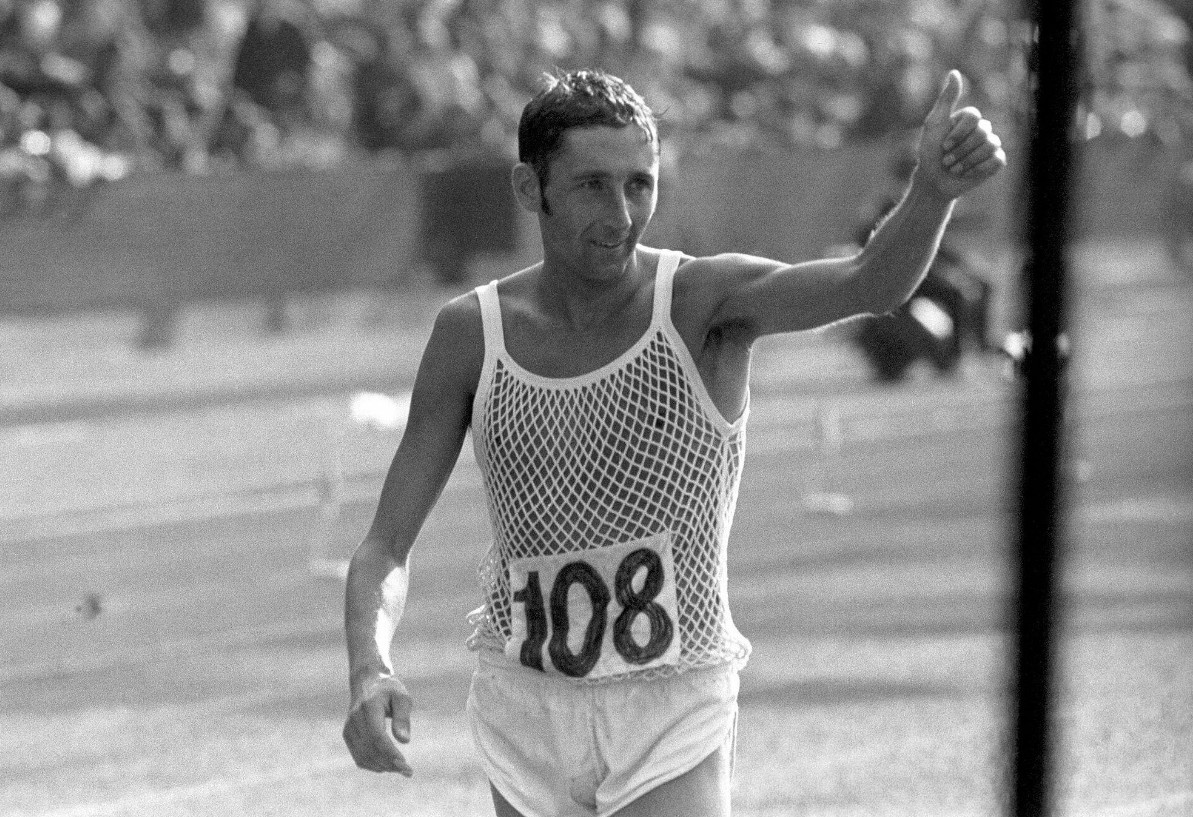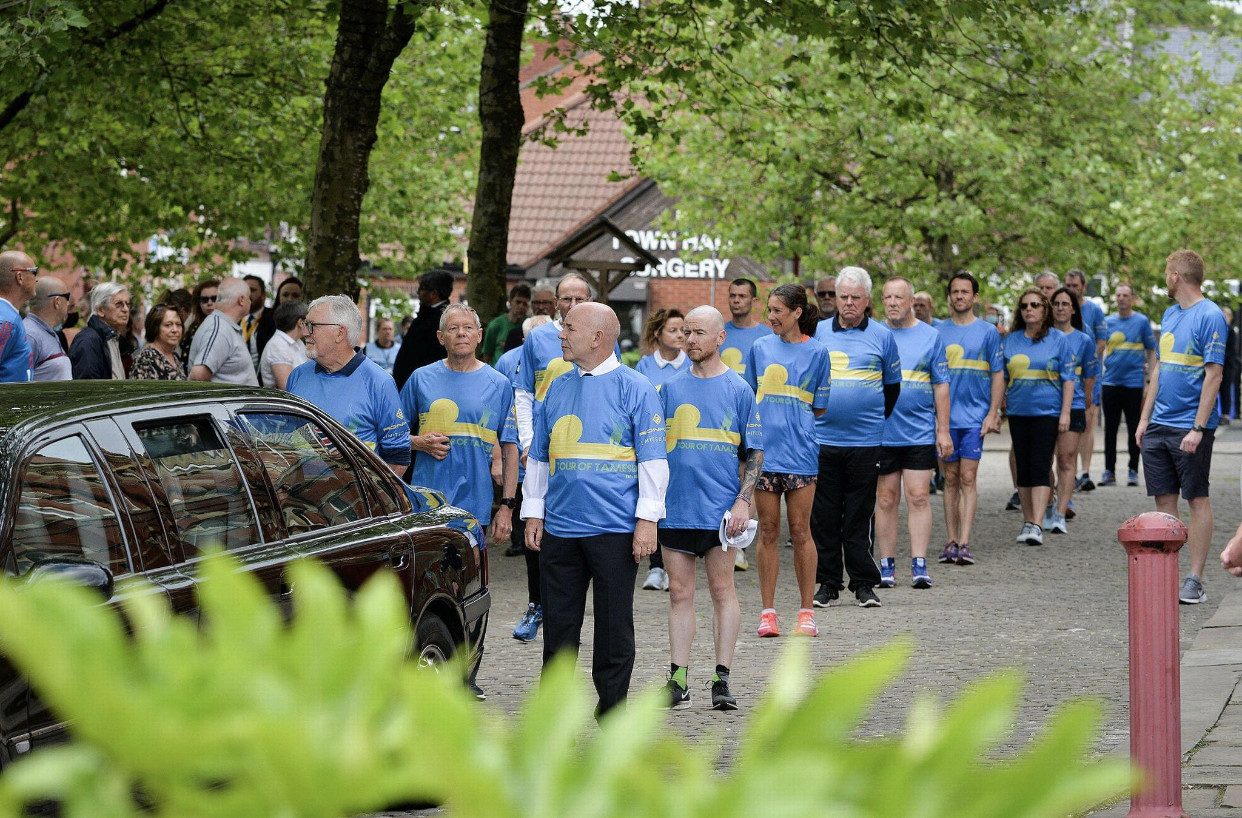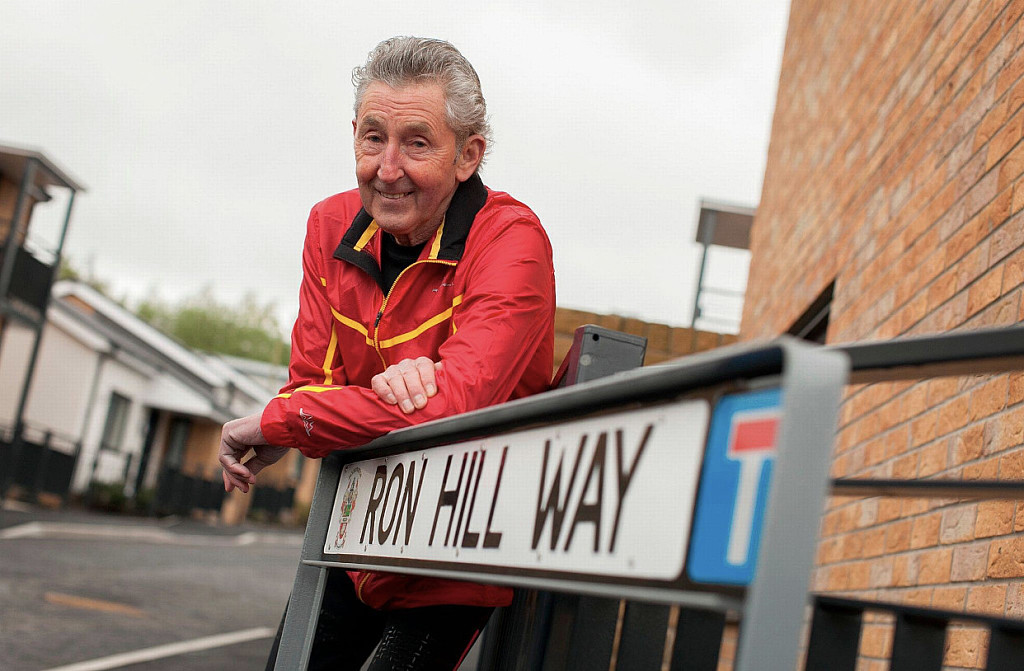Running News Daily
Running News Daily is edited by Bob Anderson. Send your news items to bob@mybestruns.com Advertising opportunities available. Train the Kenyan Way at KATA Kenya and Portugal owned and operated by Bob Anderson. Be sure to catch our movie A Long Run the movie KATA Running Camps and KATA Potato Farms - 31 now open in Kenya! https://kata.ke/
Index to Daily Posts · Sign Up For Updates · Run The World Feed
Ron Hill turned the art of marathon running into a science and wrote the playbook for generations to come wrote Seb Coe
A tribute to Ron Hill. World Athletics is deeply saddened to hear that Britain’s Ron Hill, the 1969 European marathon champion, died on Sunday May 23 at the age of 82.
Aside from his major championship medals and four world records, Hill is best known for his dedication to athletics. He laid claim to the longest unbroken streak of running every day, a stretch that lasted 52 years and 39 days, from 1964 to 2017.
Born in Accrington in the north-west of England in September 1938, Hill first came to prominence in the early 1960s and made his international debut at the 1962 European Championships in Belgrade. He failed to finish the marathon there, however, and fared only slightly better at the 1964 Olympic Games in Tokyo, finishing a distant 18th in the 10,000m and 19th in the marathon.

Hill rebounded one year later, though, and set the first world record of his career. Competing at the Leverhulme Park track in Bolton, Hill broke two of Emil Zatopek’s long-standing world records in one fell swoop, clocking 1:15:22.6 for 25,000m and passing through 15 miles en route in 1:12:48.2.
His championship performances started to improve in the late 1960s as he placed 12th in the marathon at the 1966 European Championships and seventh in the 10,000m at the 1968 Olympics, having been controversially overlooked for a place on the marathon team.
He set two more world records in 1968, both at 10 miles. In April he clocked 47:02.2 in Leicester to break Ron Clark’s record, passing through 10,000m in 29:09.4 and 15,000m in 43:54, an unofficial world best time.
Later that year, one month after his Olympic appearance, Hill attempted to break Gaston Roelants’ one hour world record of 20,784m. He fell slightly short of that target, covering 20,471m, but passed through 10 miles in a world record time of 46:44.0.
Though that was to be the last world record of his career, Hill became a big-time performer from that point onwards, winning big city marathons and landing major medals.
He won the European marathon title in Athens in 1969, then in 1970 he became the first British runner to win the Boston Marathon, smashing the course record by three minutes with 2:10:30. A few months later, at the Commonwealth Games in Edinburgh, he came the second man to break the 2:10 barrier for the marathon, winning gold in a European record of 2:09:28, having covered the final 10km in 29:24 (2:04 marathon pace).

He went on to take bronze in the marathon at the 1971 European Championships before making his final Olympic appearance in 1972, placing sixth in the marathon – his highest ever finish at the Games.
Hill continued to produce world-class marathon times through the 1970s, including a 2:12:35 victory at the Debno Marathon in 1975 at the age of 36, ranking him eighth in the world that year. He finished fourth at the 1976 Olympic Trials, but went on to represent Britain at various masters championships.
Hill was ahead of his time with regards to training and he was one of the first elite athletes to use the Saltin-Hermansson diet – better known as the glycogen depletion diet or ‘carb-loading’ – which he credited as playing a big part in his success at the 1969 European Championships. Ever since, it has been adopted by millions of runners as a key part of marathon preparation.
Hill, who had a PhD in textile chemistry, often raced in breathable mesh vests to help keep cool. Towards the end of his elite career, he founded Ron Hill Sports and produced top-of-the-line running clothes. He also created the Ronhill and Hilly brands, both of which are still going strong today.
Hill’s streak of consecutive daily runs – which he defined as completing a distance of at least one mile at any pace – began on 20 December 1964 and lasted for more than 52 years. He even managed workouts after a car crash in 1993 when he broke his sternum, and after bunion surgery.
In December 2013 when his streak entered its 50th year, Hill’s total logged lifetime mileage stood at 158,628 miles. His streak ended on 30 January 2017 when he experienced chest pains during a run.
“I did everything I could to be the best in the world,” he said in 2019 in an interview with Inside The Games. “I couldn't train full-time, couldn't train at altitude, couldn't afford back-up support – I only ever had two massages in my life – and when I was injured I just had to run through it. I never made any money at it, but you can't take away the gold medals.”
World Athletics President Sebastian Coe paid tribute to Hill.
"Ron Hill turned the art of marathon running into a science and wrote the playbook for generations to come," said Coe. "He was a one-off. His contribution to the classic distance is immense."
by Sebastian Coe (World Athletics)
Login to leave a comment




